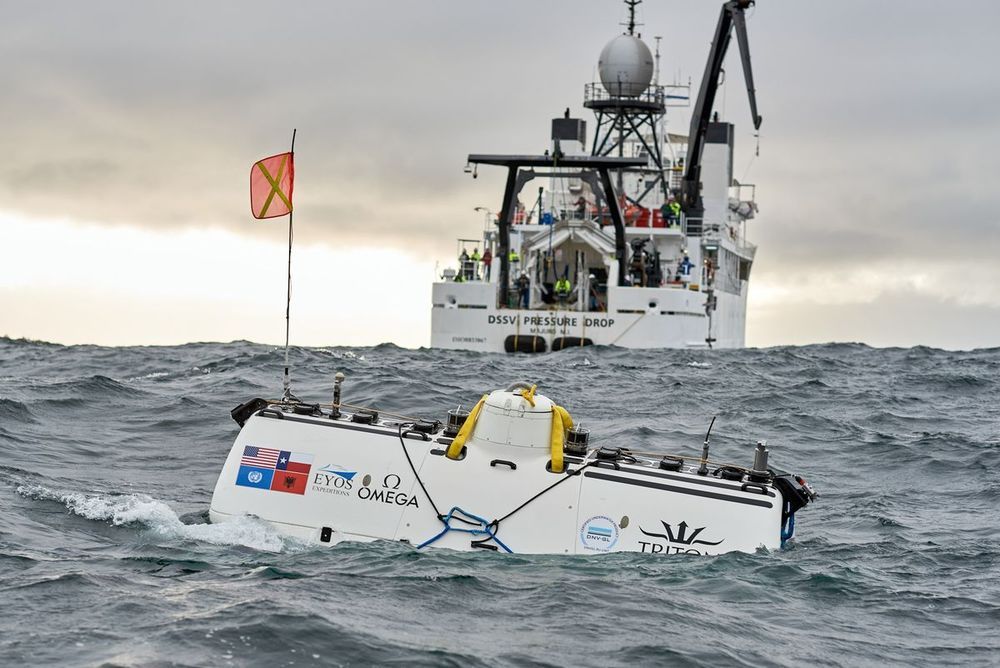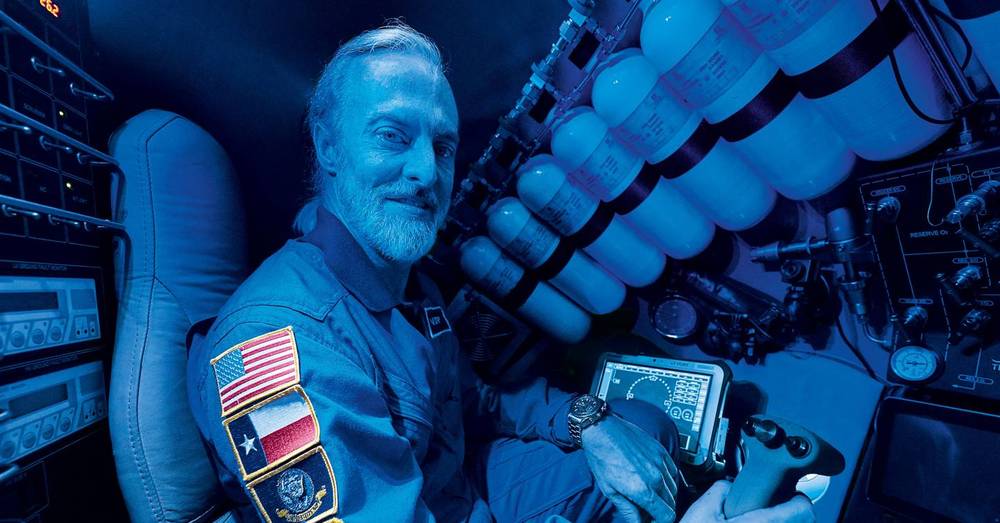Senior Technical Analyst Jim Wyckoff prepares investors with an overview of how the markets opened and closed. What moved metal prices? How do the technicals look? By looking at important developments.




An infinitegine which electricity from magnetism of magnets directly is provided. The magnets are magnets. The infinitegine consists of magnets (M) which certain of magnetic field. The mobile rotating parts are made of ferromagnetic magnets and will do similar functions like spinning tops vertically aligned to the earth’s gravity. A motor is used to this spinning motion, and it has a function of putting the rotating part in the in rotary motion. The magnetic field of the magnets (M) can be used as anergy source.


O.,o definitely odd still unknown the cause.
Wildlife groups in Greece say that thousands of swallows and other migratory birds have died in Greece in the last few weeks, unable to recover from the exhausting journey from Africa, made even worse this year due to the chilly weather conditions.
Scientists say that persistent strong northerly winds over the Mediterranean and the Aegean have exhausted the birds, who have been spotted in their thousands walking on streets instead of flying as they try to recover.
Photographs posted on social media show great numbers of birds lying dead in different parts of the country.




This is the first in an eight-part series looking at how Huawei has found itself at the epicentre of the US-China tech war.
Four years after Huawei set up shop in the US, a RAND report tied Chinese telecommunications companies like Huawei and ZTE directly to Beijing.
Over the past two years the relationship between Chinese tech champion Huawei and the US has only worsened but why did the relationship sour in the first place?